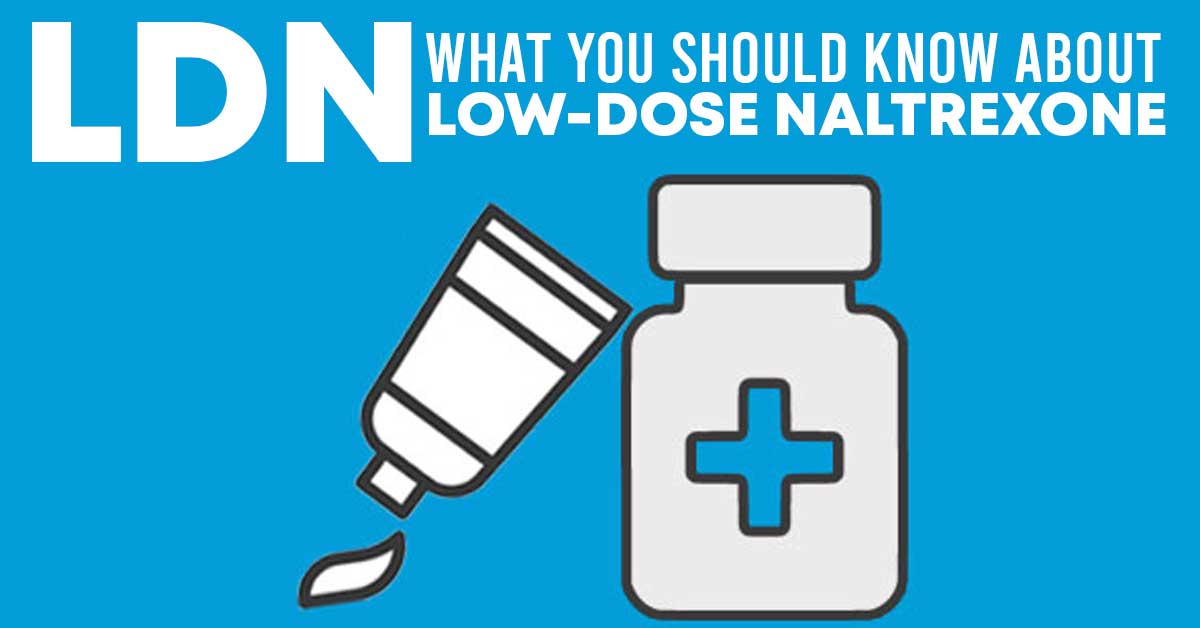Low-Dose Naltrexone (LDN) is a prescription drug often recommended by a number of Integracare providers for patients experiencing a variety of conditions. This prescription can be a fantastic treatment option and has been the focal point of monthly information sessions held at Sartell’s pharmacy, The Apothecary (here’s a video of January’s information session).
Some of our Integracare providers took the time to share answers to the common questions they often receive regarding LDN.
What is Low Dose Naltrexone?
Naltrexone was approved by the FDA in the mid-1980s as a drug to counter opiate addiction and later also used for combating alcohol addiction. Under significantly lower doses it has been found to treat symptoms of auto-immune disorders. Research from Madison, WI shows that LDN increases endorphin levels allowing the immune system to be activated to help clear inflammation.
It is most commonly administered orally, generally in a capsule form. However, for some conditions, LDN can be compounded into a cream, troche, or liquid.
What is LDN commonly used to treat?
Jon Scheer, APRN, CNP at Williams Integracare has used LDN to treat a variety of conditions including Multiple Sclerosis, Depression, Anxiety, behavioral disorders of childhood, Crohn’s Disease, Inflammatory Bowel Conditions, Neuromuscular Conditions, Fibromyalgia, chronic fatigue, chronic pain, and more.
Kate Foley, APRN, CNP at Williams Integracare prescribes LDN for the conditions listed above and has also seen improvement in female hormone regulation, thyroid disorders, and dermatologic conditions.
How long has LDN been used in clinics?
As mentioned previously, LDN received FDA approval in the mid-1980s and the first published studies regarding its benefits were released in 2007. A 2009 Stanford University study found 6 out of 10 patients taking LDN experienced reduced daily pain, fatigue, stress and headaches.
What side effects can LDN have?
This prescription is usually well tolerated by patients however some do report vivid dreams after beginning the prescription. They typically are able to adjust to this the longer they take the prescription.
Some people actually experience a “gut” detox as the LDN really can improve your immune system. This is short-lived and most patients feel that their overall health and wellbeing improve.
Because each individual detoxes inflammation differently, the side effects of LDN can vary. Kate has seen a variety of symptoms in patients such as flushing after a dose increase, nausea, difficulty sleeping, skin rash, general fatigue. These symptoms typically resolve with little time.
How long will it take to see benefits from taking LDN?
Patients often take a few weeks up to even a couple of months before seeing improvements when taking LDN. During the early stages of taking the medication, the dosage will often increase gradually.
What additional education have Integracare providers received on LDN?
Jon joined other providers across the country in 2019 at the LDN conference in Portland. He was “simply amazed at the positive life-changing stories that were shared. There is more and more research happening to give solid scientific evidence of using LDN.”
Is LDN covered by my insurance?
Most insurance plans do not cover LDN, however from a compounding clinic, like The Apothecary in Sartell, the prescription is relatively inexpensive (around $2 a day).
Research on LDN continues to be ongoing. There is a great pamphlet from 2020 that is worth giving a read, as well as some video documentaries on the LDN Research Trust website.


